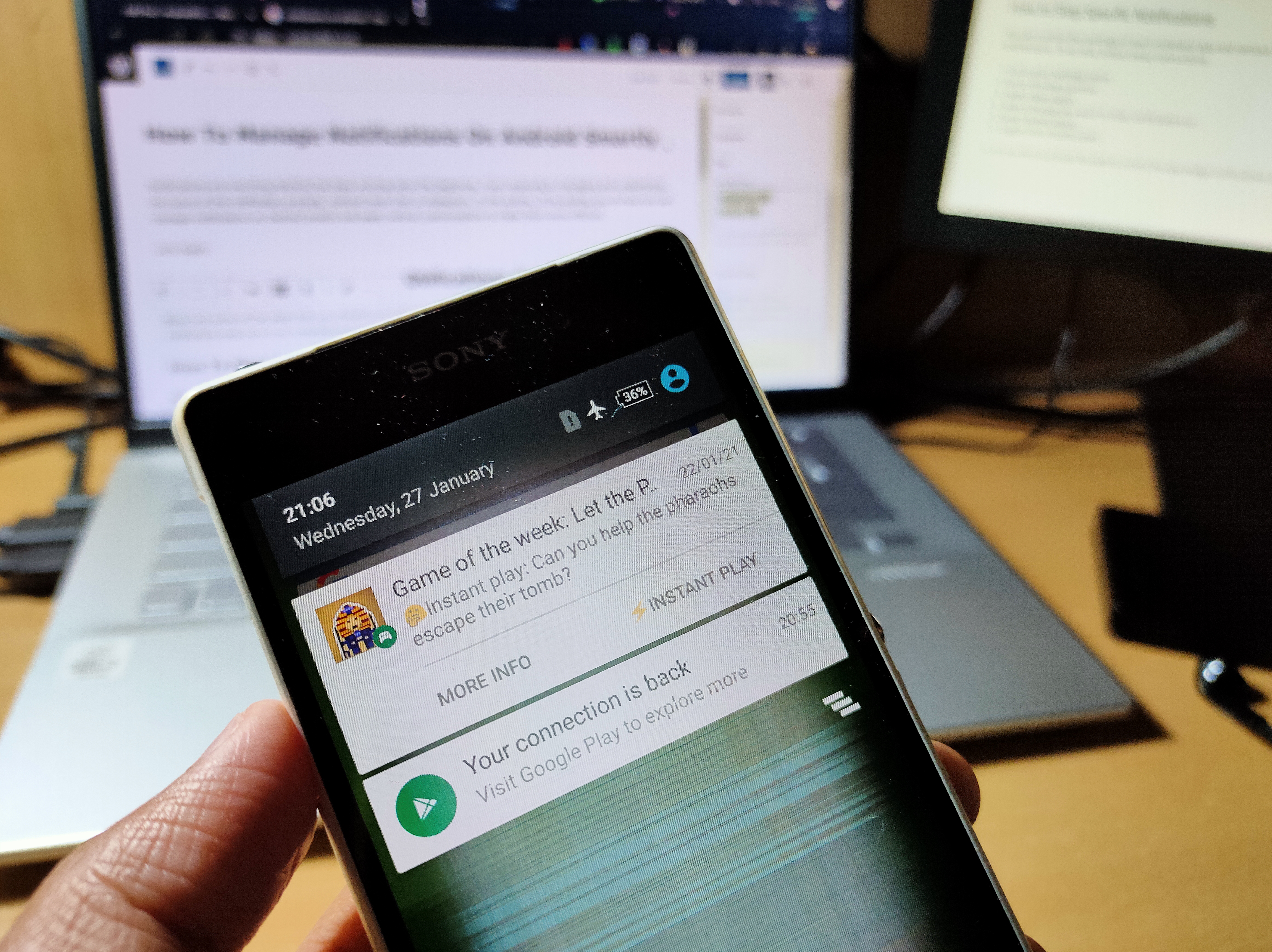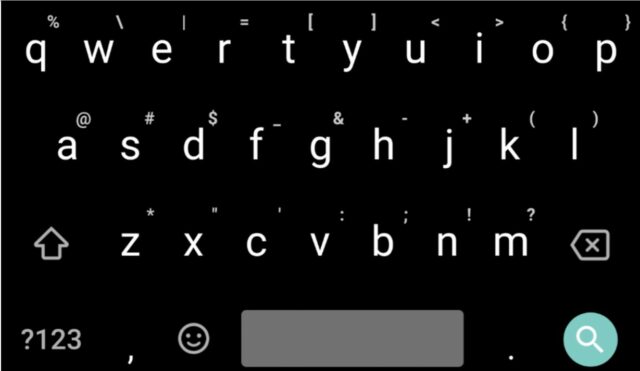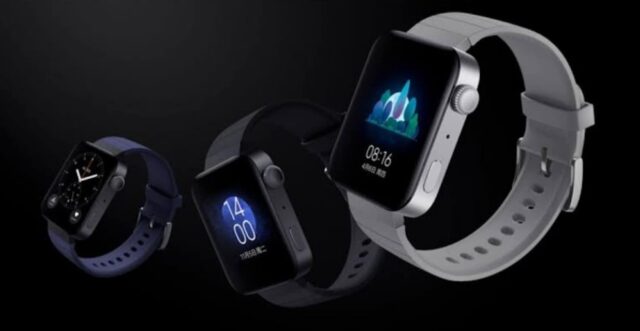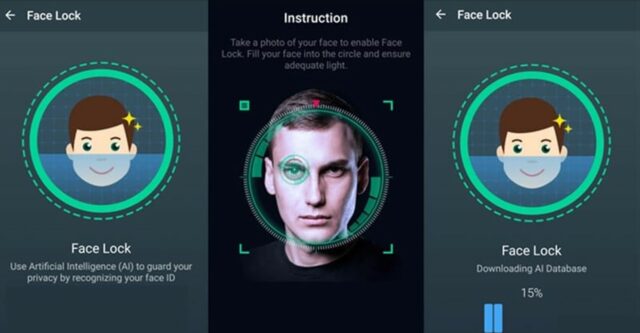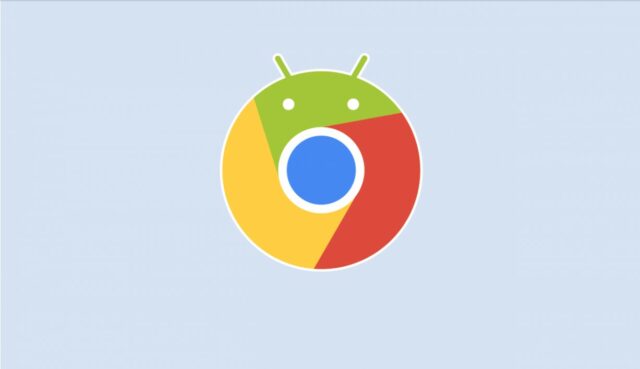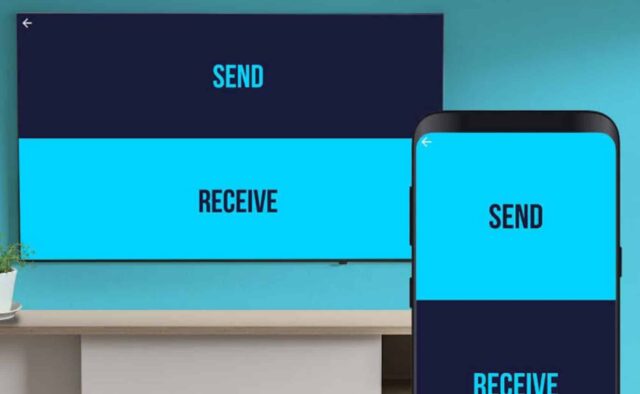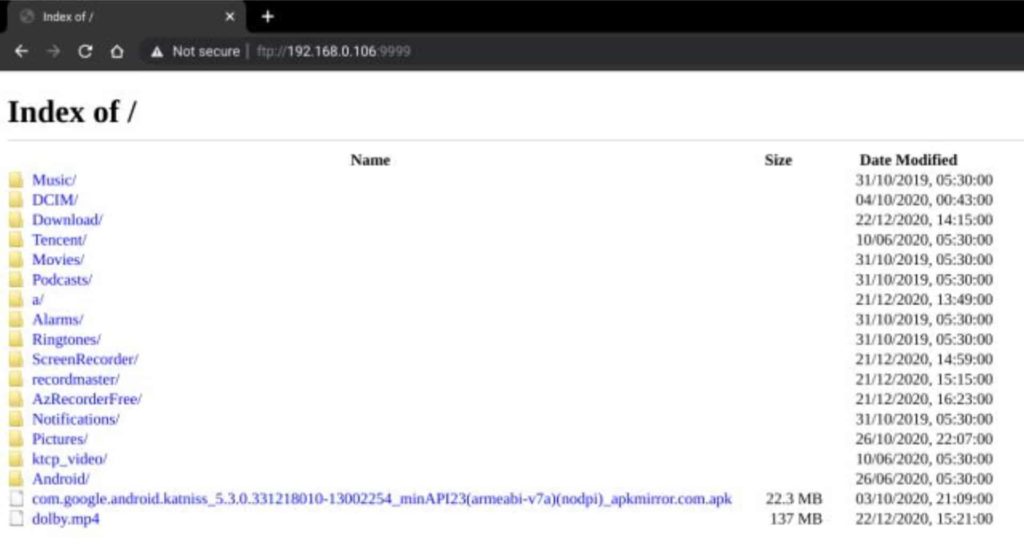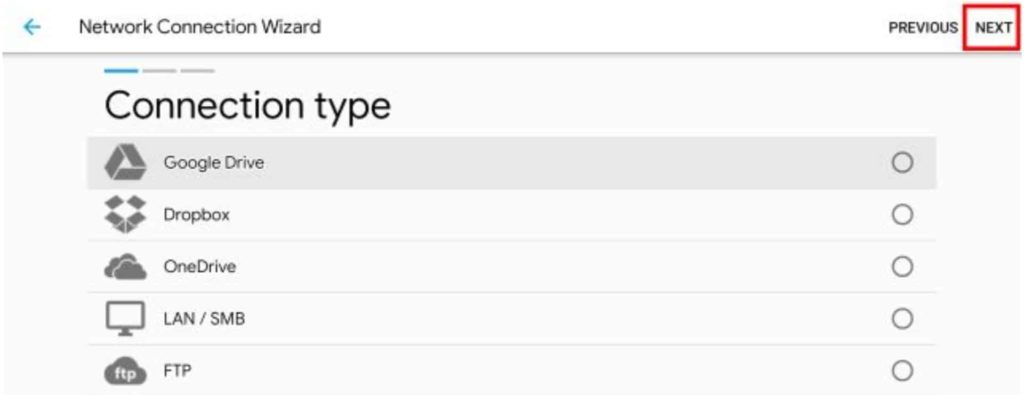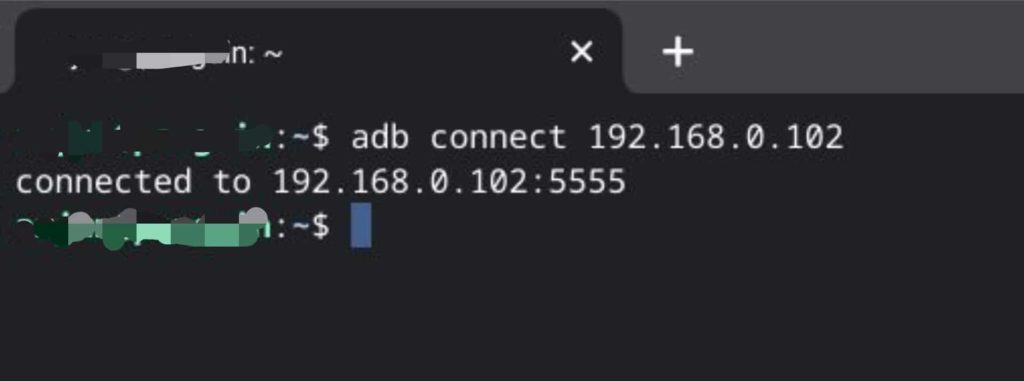How To Manage Notifications On Android Smartly
Notifications are one thing Android has been winning since the beginning. From receiving to managing and customizing the layout of the notification prompts, Android never had us disappoint. In this article, I’ll be guiding you on how you can manage notifications on Android smartly and apply various customizations to make them more efficient.
Let’s begin!
Some Steps To Manage Notifications Smartly
Below are some of the steps that you should try to manage notifications on your Android device smartly. The notifications pop up on your smartphone at various locations and hence, needs to be managed at different locations.
How To Manage Notifications On Lock-screen
The very first place you get to interact with the notifications is your device’s lock screen. Whether you unlock or let your phone remain locked, you can see the number of notifications received since the last time you used your phone.
There are some notifications that you want to stay hidden or private until you unlock your device to view them and, glad to say that Android does support the option to hide your sensitive information when the notification is in a lock screen state. Here are the steps to apply this setting to your device.
- Open the ‘Settings‘ application on your phone.
- Go to the ‘Notification settings‘ or search for the ‘Notifications‘ section. This section can vary as per the device, so I suggest you search for the same in the Settings search panel.
- There, you will see an option of ‘Notification on the lock screen.‘ This may vary depending on your device.
- Here, you can select the option you would like for the lock screen.

Manage Them On Quick Settings Panel
When you unlock your phone, you get to see the content and also take multiple actions on the notification received. Apart from swiping to remove them, you can also instantly reply and take action to the notification when your swipe down to your device’s quick settings panel. This is all thanks to Android 10’s notification feature which further got improved in the last year’s Android 11. Below is an image showing interaction with a notification, giving the options to mute, block, and etc.
Again, if you receive a notification of a conversation or message, you’ll have the option to reply straight from there directly. There are no particular steps to enable this feature, as this is built to work directly. All you have to do is swipe down a particular notification and you’ll be introduced to the various options according to the notification received.
How To Manage Notifications For All Apps
Now, this section isn’t that much of a special one as many of you must be knowing this. To stop all the notifications for your phone, you can either enable the ‘Do not disturb’ settings or turn off the notifications for all the installed applications on your phone which, is explained in the next section in more detail.
Manage Them For Specific Apps
If you want to disable notifications for a particular app that keeps on annoying with its notifications, there is the only way, which can get long if you have many applications to lower down their voice. Here are the steps to disable notifications for a particular app or many apps.
- Go to the ‘Settings’ application.
- Head to either the ‘Notification settings’ or the ‘Apps’ section.
- There, you will see a list of installed apps upon scrolling down.
- Select the app you wish to turn down the notification of.
- Follow the same for every app you wish to perform for.

Conclusion
Notifications are pretty significant and useful in any operating system’s experience and, Android has always been best at it. With the above steps, you can customize the way notifications show on your device and manage them efficiently. Lastly, dropdown your views, comments, or any feedback for further assistance, and we shall see you in the next one.
Also Read:
How To Change AutoCorrect Settings On Android
How To Enable Face Unlock On Any Android Smartphone
How To Mod Chrome On Android

